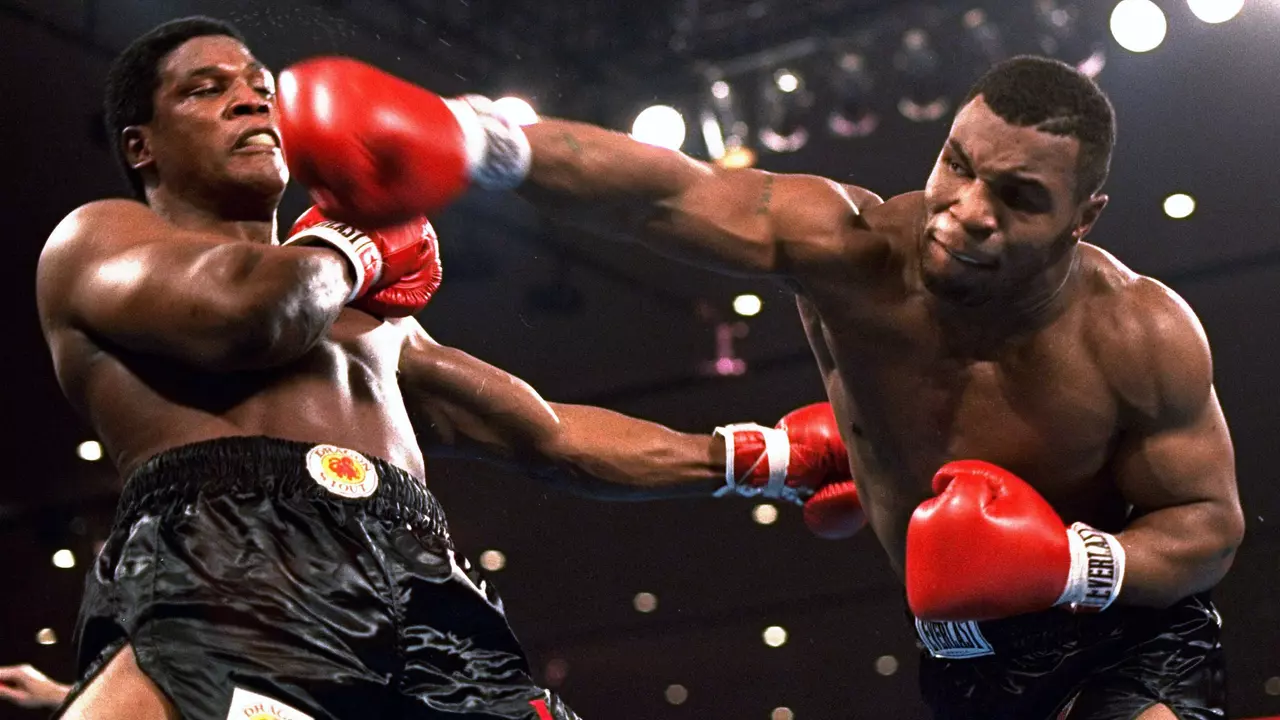Age 53 and Boxing: Staying Ready in the Ring
If you’re 53 and still love the sweet science, you’re not alone. Many fighters keep throwing punches well into their 50s, but the game changes a bit. You’ll need smarter workouts, better recovery, and a diet that fuels an older body. Below are the key moves that let you train hard without burning out.
Training Adjustments for 53‑Year‑Old Boxers
First off, ditch the all‑out sparring marathons. At 53 your joints can’t handle endless rounds like they used to. Swap a few high‑intensity sessions for shorter, focused drills. Work on speed, footwork, and technique for 2‑3 minutes, then rest. Repeat the cycle five times. This keeps the heart pumping while sparing the knees and shoulders.
Strength work also needs a tweak. Instead of maxing out on heavy lifts, aim for moderate weight (around 60‑70% of your 1RM) and higher reps (12‑15). Think kettlebell swings, dumbbell presses, and resistance‑band rows. These moves build functional power that translates directly to punching.
Don’t forget mobility. A 10‑minute dynamic warm‑up before each session—leg swings, arm circles, hip openers—will reduce stiffness and improve range of motion. End every workout with a short yoga or foam‑rolling routine. You’ll notice fewer aches and a smoother fight rhythm.
Nutrition and Recovery Over 50
What you eat matters more as you age. Protein is still king, but aim for 1.2‑1.5 g per kilogram of body weight each day to support muscle repair. Include lean meats, eggs, beans, and Greek yogurt in your meals.
Anti‑inflammatory foods become your secret weapon. Berries, leafy greens, nuts, and fatty fish help calm the joint inflammation that can flare up after heavy bag work. Swap processed snacks for these whole‑food options and you’ll feel less sore.
Hydration is another game‑changer. Older bodies don’t signal thirst as clearly, so keep a water bottle close and sip regularly, especially during and after training.
Sleep isn’t optional. Aim for 7‑9 hours each night, and consider a short 20‑minute nap on tough training days. Quality rest fuels hormone balance, which is crucial for muscle growth and injury prevention.
Finally, schedule regular check‑ups. A quick visit to a sports physio every few months can catch minor issues before they become big setbacks. They can also fine‑tune your movement patterns, keeping you efficient in the ring.
Bottom line: Boxing at 53 is totally doable if you train smart, eat clean, and prioritize recovery. You don’t need to be a teenager to throw a solid jab—just a well‑prepared one. Keep these tips in mind, stay consistent, and the ring will still feel like home.

Is Mike Tyson's return to boxing at age 53 overhyped?
In my perspective, Mike Tyson's return to boxing at the age of 53 has indeed been hyped up quite a bit. His comeback has caused a stir in the sporting world, mainly due to his past reputation and achievements. However, it's important to remember that age is a significant factor in physical sports, and Tyson isn't as young as he once was. The excitement around his return is understandable, but we should temper our expectations to avoid disappointment. All in all, Tyson's return is fascinating, but may be getting more hype than it realistically should.